Juan FernándezSeptember 26, 2016NewsMorning! Juan here with your daily comics fix. Here’s what we’ve got for you today: Glimpses of SPX 2016; Pittsburgh’s burden of identity; Remembering Annie Pootoogook; the Cartoonists of Color Database; Connor Willumsen travel fund; other monday tidbits.
—————————————————————————————————
SPX – Glimpses of Comics Workbook Workshops on Instagram
Frank Santoro‘s cooked up some instagram stories while working on documentation of Comics Workbook’s many workshops during SPX 2016. If you weren’t able to make it to one of our workshops at SPX, rest assured we have some polished highlights in the pipeline. Lots of golden nuggets of cartooning wisdom in there… We can’t wait to share them with you here!
—————————————————————————————————
The Burden of Identity: Pittsburgh Today
Matthew Newton of the Carnegie Museum of Art has got a great piece on life in Pittsburgh and the truth and fiction that it grapples with collectively regarding its identity as an american city in Appalachia. Highly recommended.
Today, Pittsburgh is very much a city trapped between two worlds: the black-skies legacy of the past, when steel-mill smokestacks turned day into night, and the brighter (albeit pretentious) present-day reality as the “Portland of the East.” The latter notion represents a dramatic shift in identity, of course, and one that is still in the early stages of germination. But as word spreads that Pittsburgh—once dubbed the “Paris of Appalachia” by writer Brian O’Neill—is stocked with affordable housing, good schools, and kind people, curious outsiders from cities like New York, Chicago, Los Angeles, and Portland will continue arriving to stake out their claims.
Yet outside the city, remnants of the past are everywhere you look. Pittsburgh’s surrounding mill towns, places that once epitomized the blue-collar pedigree of American labor, now languish in near-obsolescence from the forty years since steel manufacturing slowed to a trickle in Western Pennsylvania. In the Monongahela River Valley, where tightly packed mill houses cling to steep hillsides, the muddy banks of The Mon are still dotted with reminders of the steel industry—rusted blast furnaces gone cold, hot metal bridges that lead to nowhere, brownfields poisoned by PCBs and sulfate. It’s not at all surprising then that Scott Cooper was attracted to the tragic beauty of Braddock as the setting for Out of the Furnace or that John Hillcoat imagined Western Pennsylvania’s postindustrial valley as the postapocalyptic wasteland of The Road. What is surprising, however, is that for the people in these towns who have struggled for so long—not only with poverty and joblessness, but also against violence and addiction—the social and economic reality has remained virtually unchanged for decades. And for the mill towns that exist at a remove from Pittsburgh’s current renaissance, the future doesn’t look much different.
—————————————————————————————————
Remembering the world of Annie Pootoogook
On a tragic note, the great Annie Pootoogook passed away last week. The National Post reports in full.
Over at the Globe and Mail there’s a great collection of chalk-and-ink drawings depicting facets of Inuit life by Inuit artist Annie Pootoogook, winner of the Sobey Award in 2006. Take a glimpse and celebrate her life in images.
For some extensive writing on the life and work of Pootoogook, hop on over to Barnard College’s “gender on ice” online gallery.
—————————————————————————————————
Comics Workbook – the October Happenings: CXC + LICAF
All of you in the UK, may we have your attention!! Comics Workbook is coming to The Lakes International Comic Art Festival! October 14-16th 2016!
Join Frank Santoro, Aidan Koch, and Connor Willumsen for some cool workshops and visit table 67 in the Comics Clocktower to meet Oliver East and Jack Brougham among others! We will be hosting 3 special workshops, “Visual Poetry” with Aidan Koch, “The Hammer Party” with Connor Willumsen and “Composition Competition” with Frank Santoro. Tickets for the main events at this year’s Lakes International Comic Art Festival are on sale now.
Check out the show or Visit our event page for more information!
If you’re stateside, you should know that Comics Workbook is coming to Cartoon Crossroads Columbus! October 13-16th 2016. We will be hosting workshops and tabling – more details coming soon.
Join all of us here at Comics Workbook, along with cartoonists, Alyssa Berg and Kurt Ankeny, for an immersive weekend of comics creation. We will examine art and the grid, bringing the strong artistic practices of Berg and Ankeny together with the discipline and rhythm of the grid, as laid out by Comics Workbook founder Frank Santoro. Four hours across two days will be filled with the exploration of a variety of techniques and methods which will inspire the beginner, and challenge the established cartoonist. Comics as jazz; comics as architecture; how a simple index card can transform your sequencing and storytelling process – come join us for an hour or four and take your comics making to a new level.
More information on our CXC exploits to come soon! Check out the show! /// Visit our event page!
—————————————————————————————————
Cartoonists of Color Database
We’ve linked to it before, but if you haven’t yet explored it, here’s a good overview of it, as an interview of MariNaomi by Mike Steyel’s over on VICE’s Creators Project! If you want to help to nurture the continued change of comics making culture in the states and abroad, this database is an indispensible resource.
Is there a general lack of access for these artists?
That’s a complicated question! It depends, but I’d have to say that overall, the answer is yes. Marginalized people have a long history of being told their voices are irrelevant, of being encouraged to tell stories from a more white-washed perspective. It’s exciting to see that changing, and I hope the change isn’t temporary. I personally am curious to read as many perspectives as possible, to broaden my horizons as a reader and as a human.
So you hear the question, “What people of color cartoonists?” a lot?
I’ve heard this so much over the years that’s it’s just rote. “There aren’t any black people in comics.” “You have to write for men, because women don’t read comics.” The people who say that shit aren’t doing their homework. Apparently we’re doing their homework for them.
—————————————————————————————————
Help send Connor Willumsen to the UK for The Lakes International Comic Arts Festival in October! He will be teaching workshops with Frank Santoro and Aidan Koch while there – if you’re in the area check it out. To help him get to the show, Comics Workbook is offering two new Connor publications. Portraits and Swinespritzen – both limited editions, both incredible.
Details about both and where to order them can be found HERE.
—————————————————————————————————
until next time, friends.
Juan
Share this page: [...]






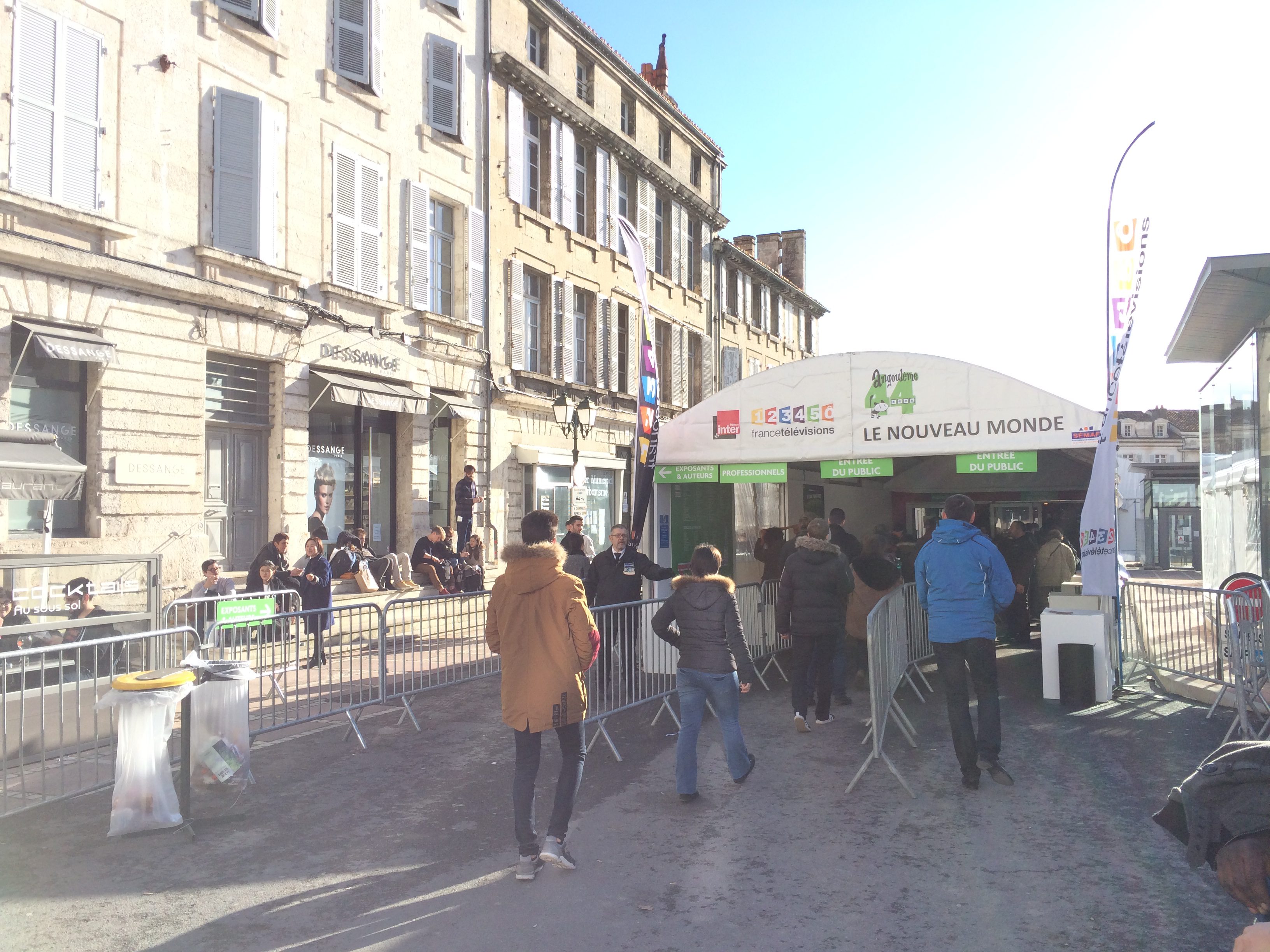

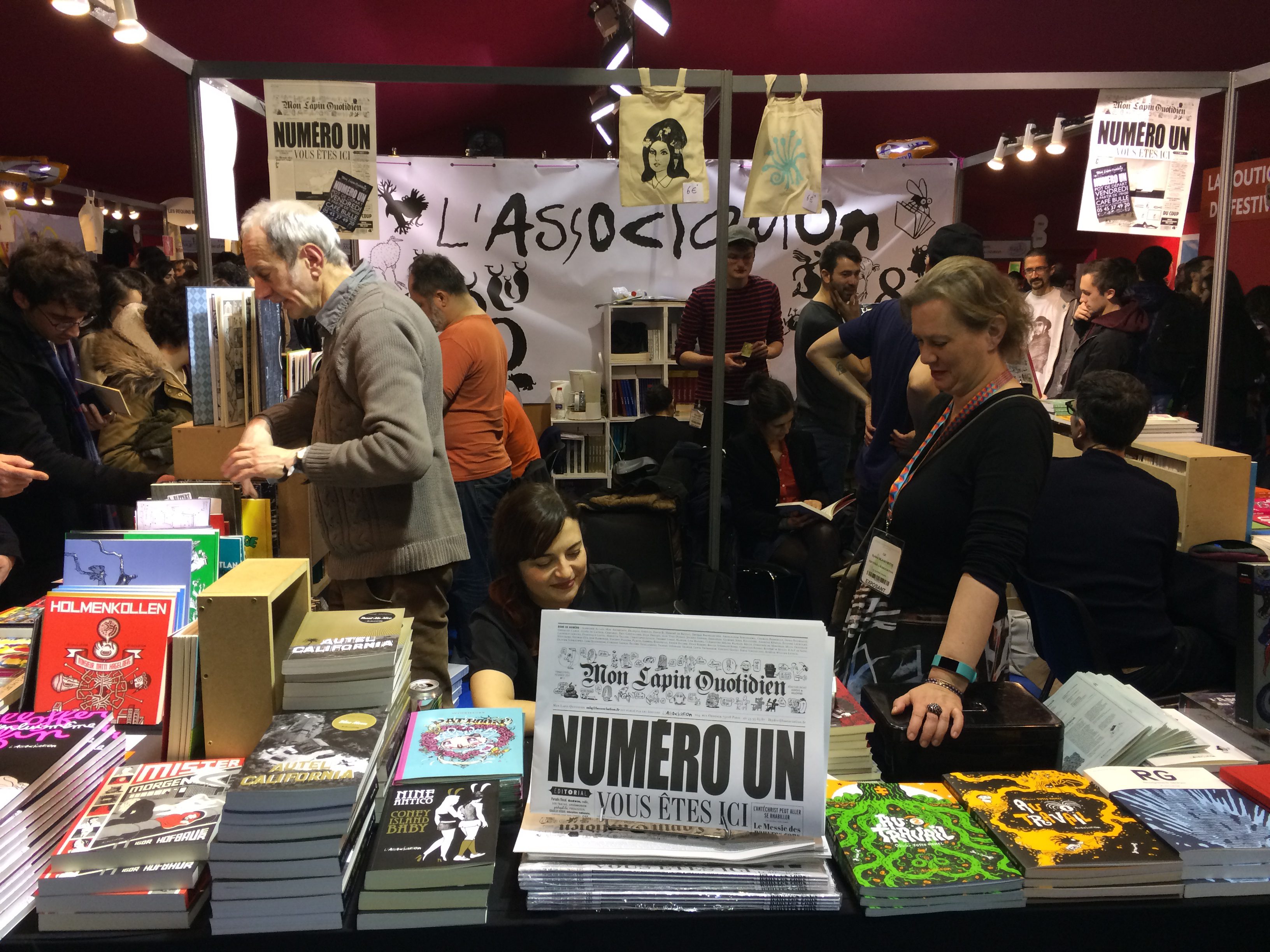










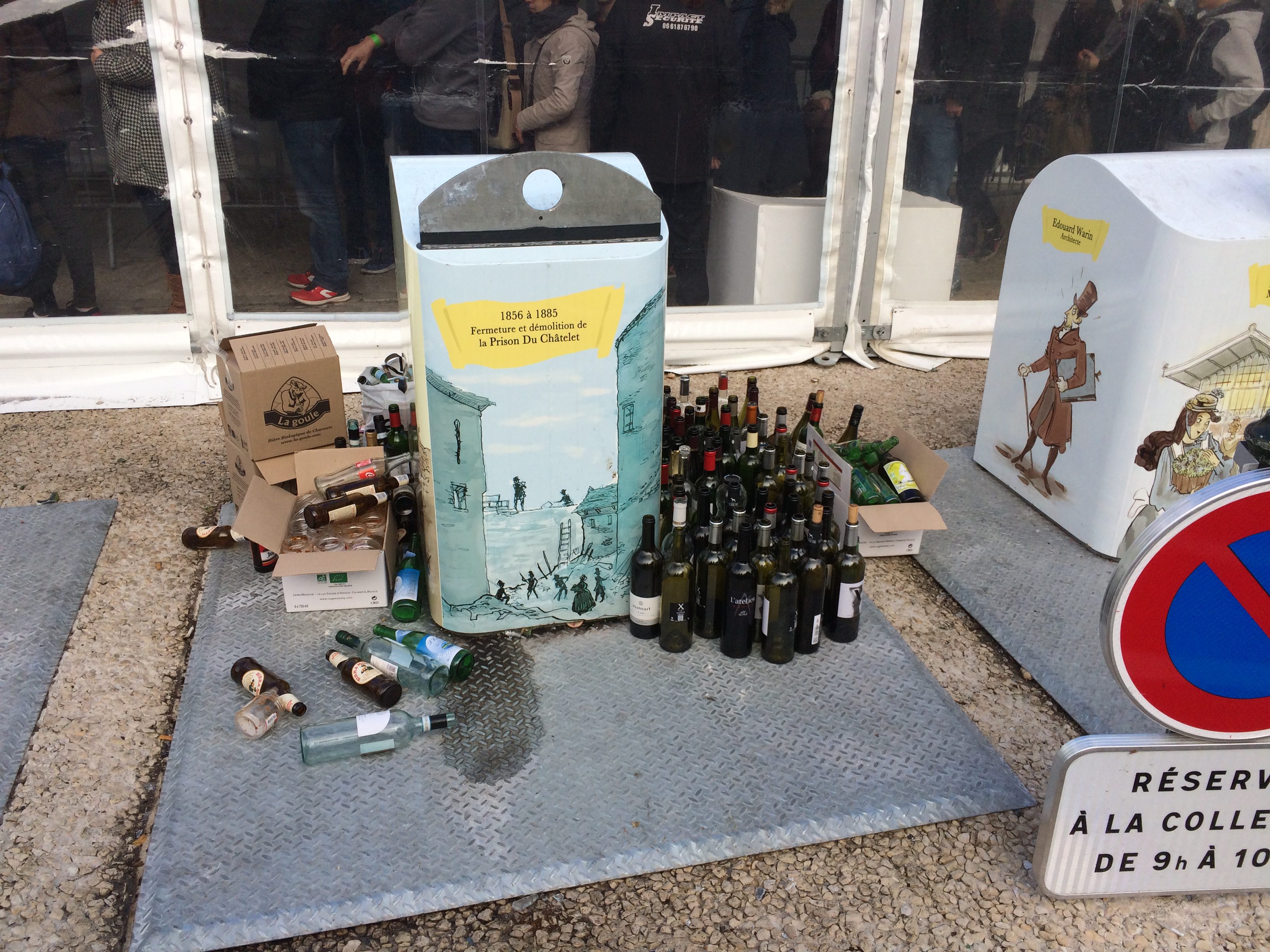















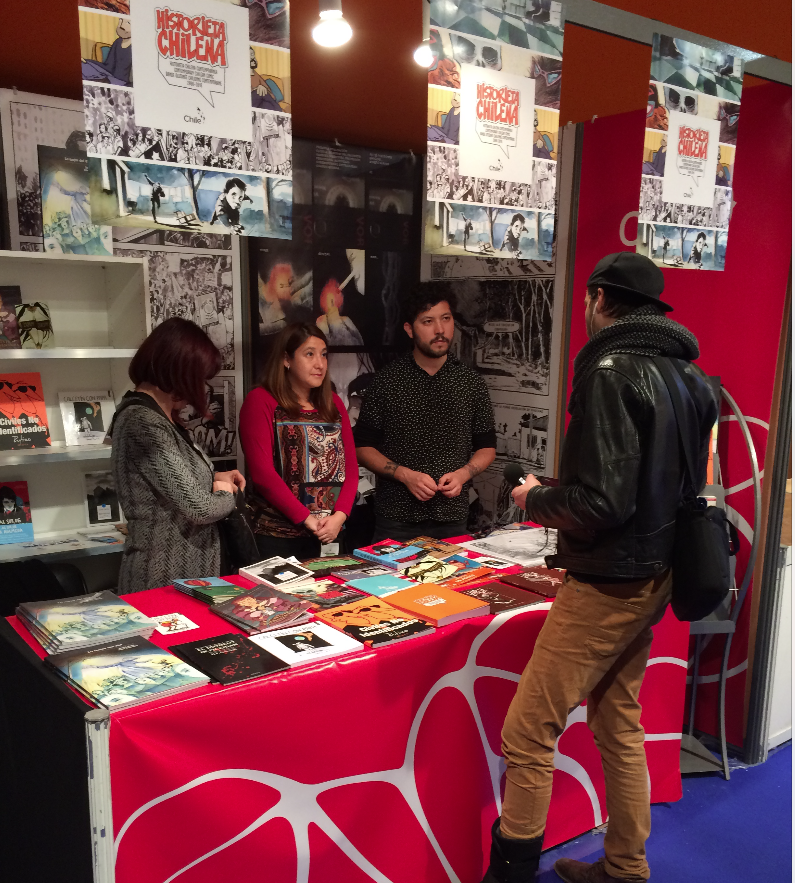


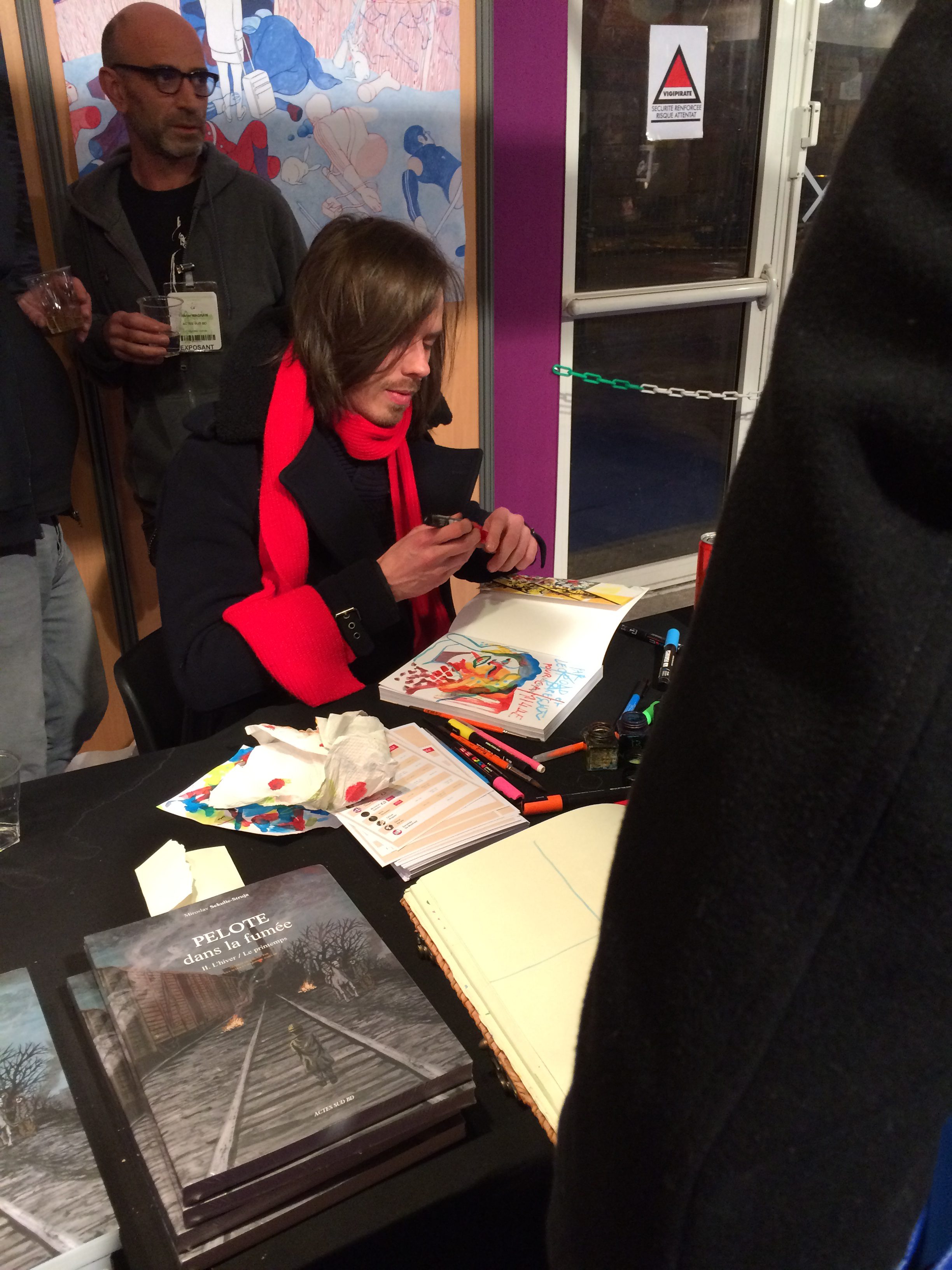
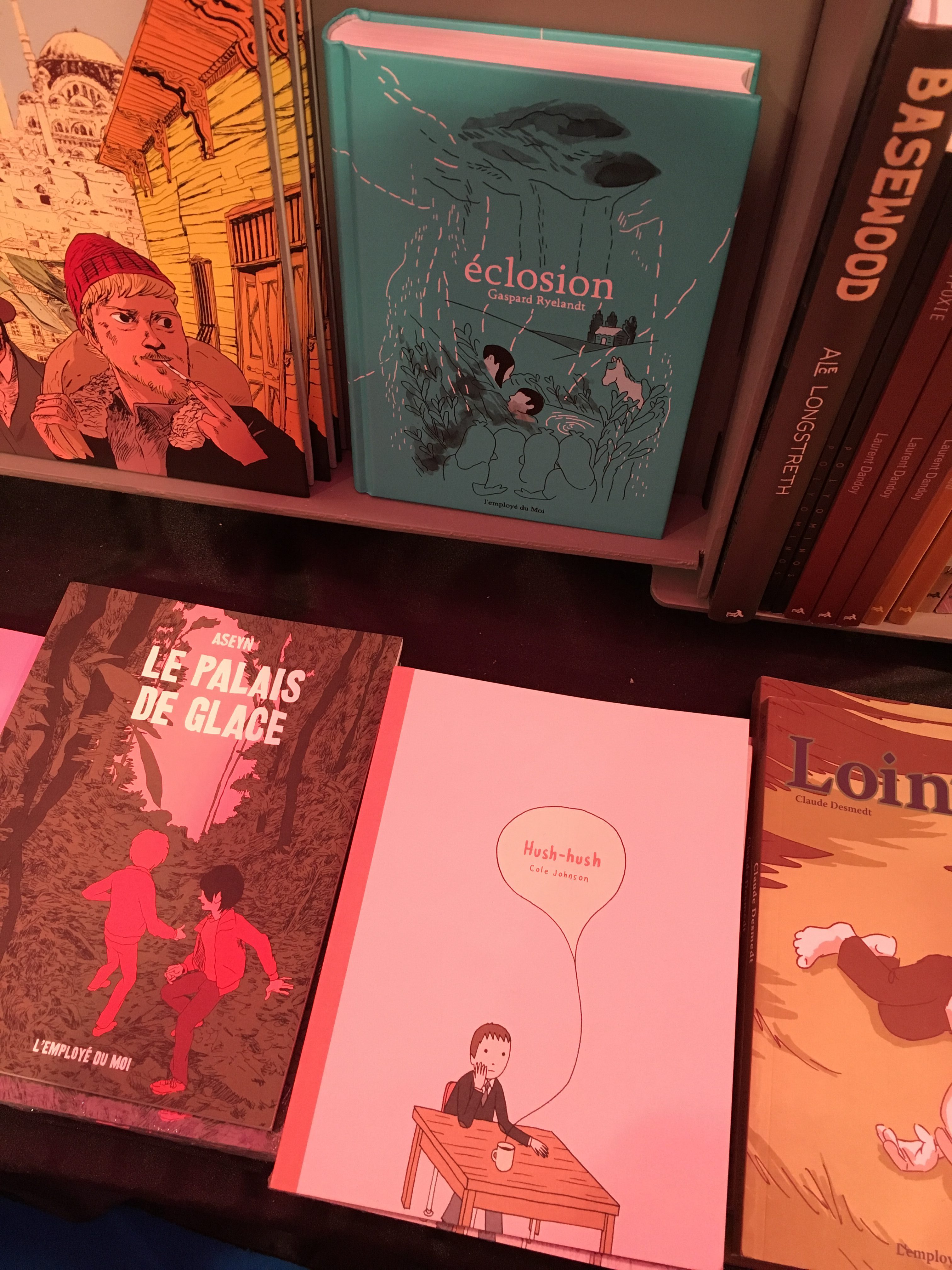


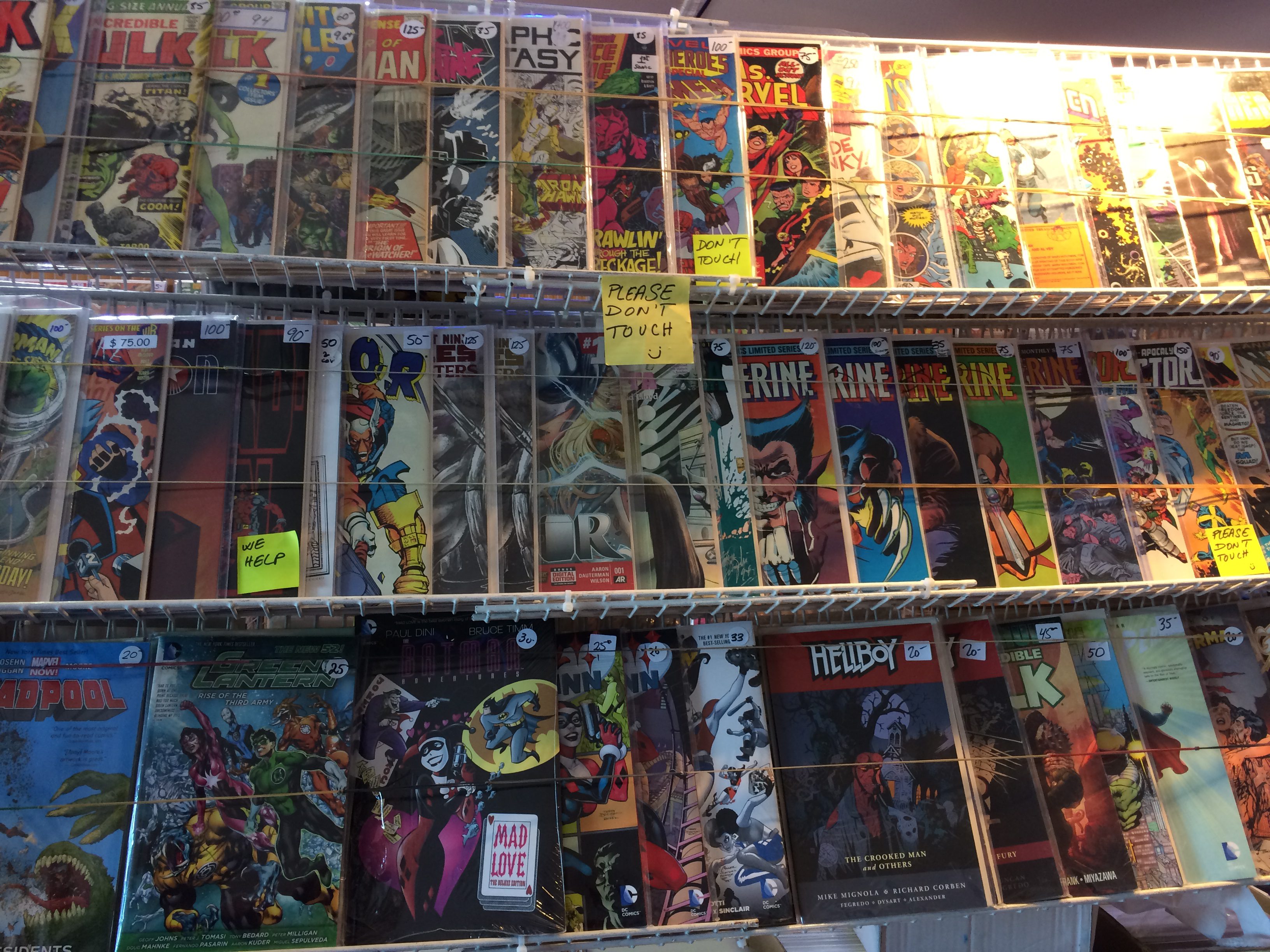








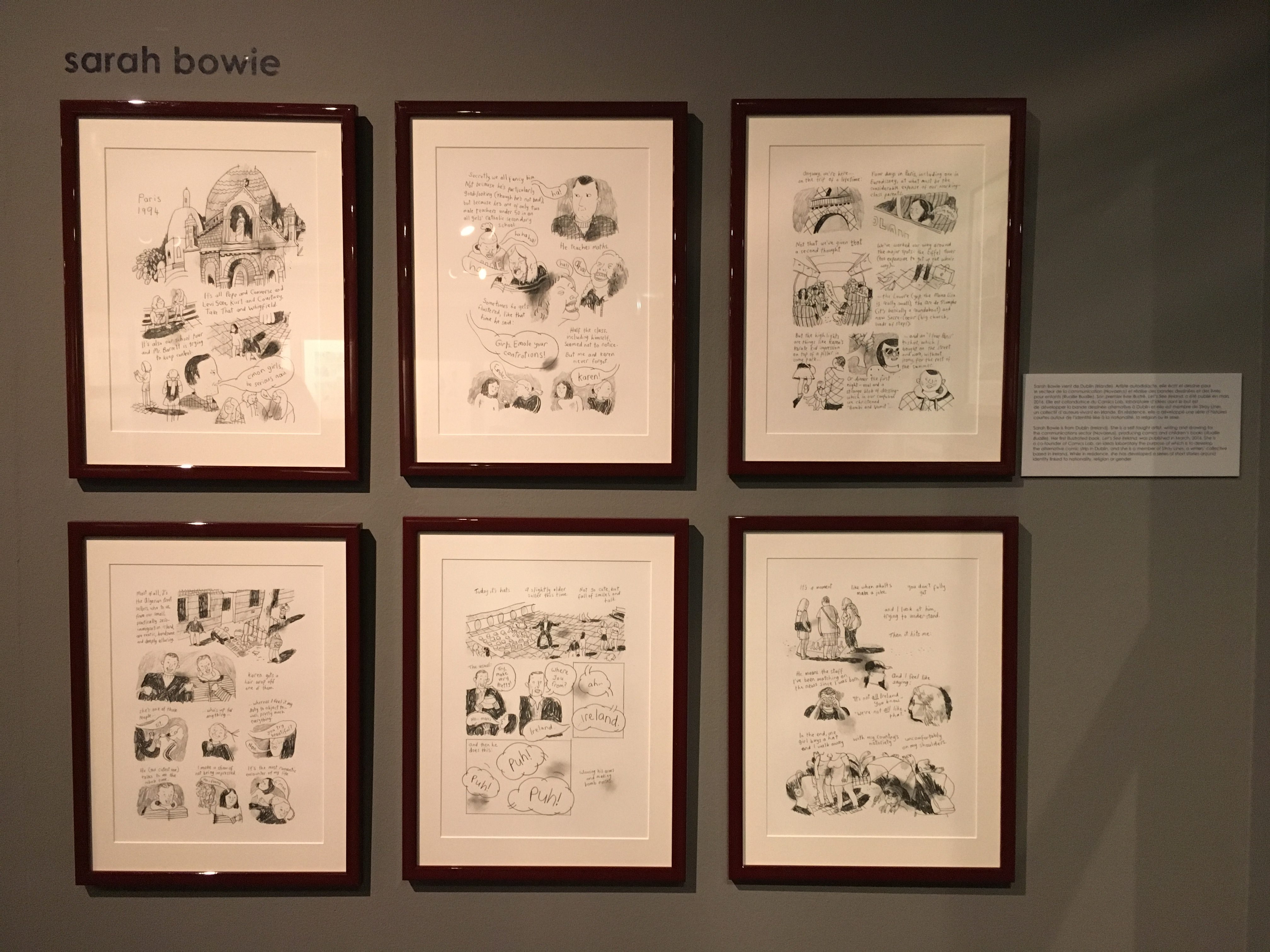



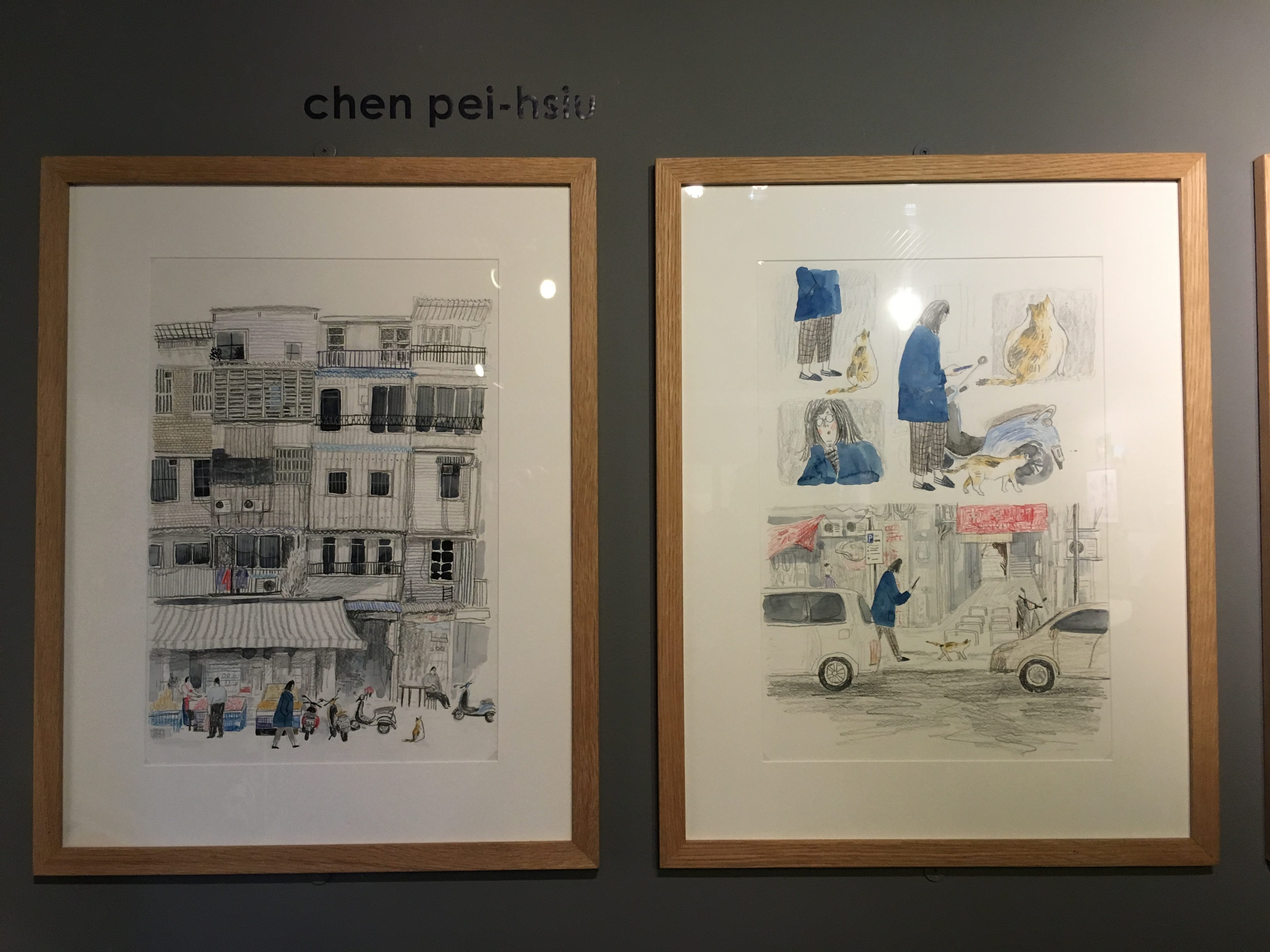


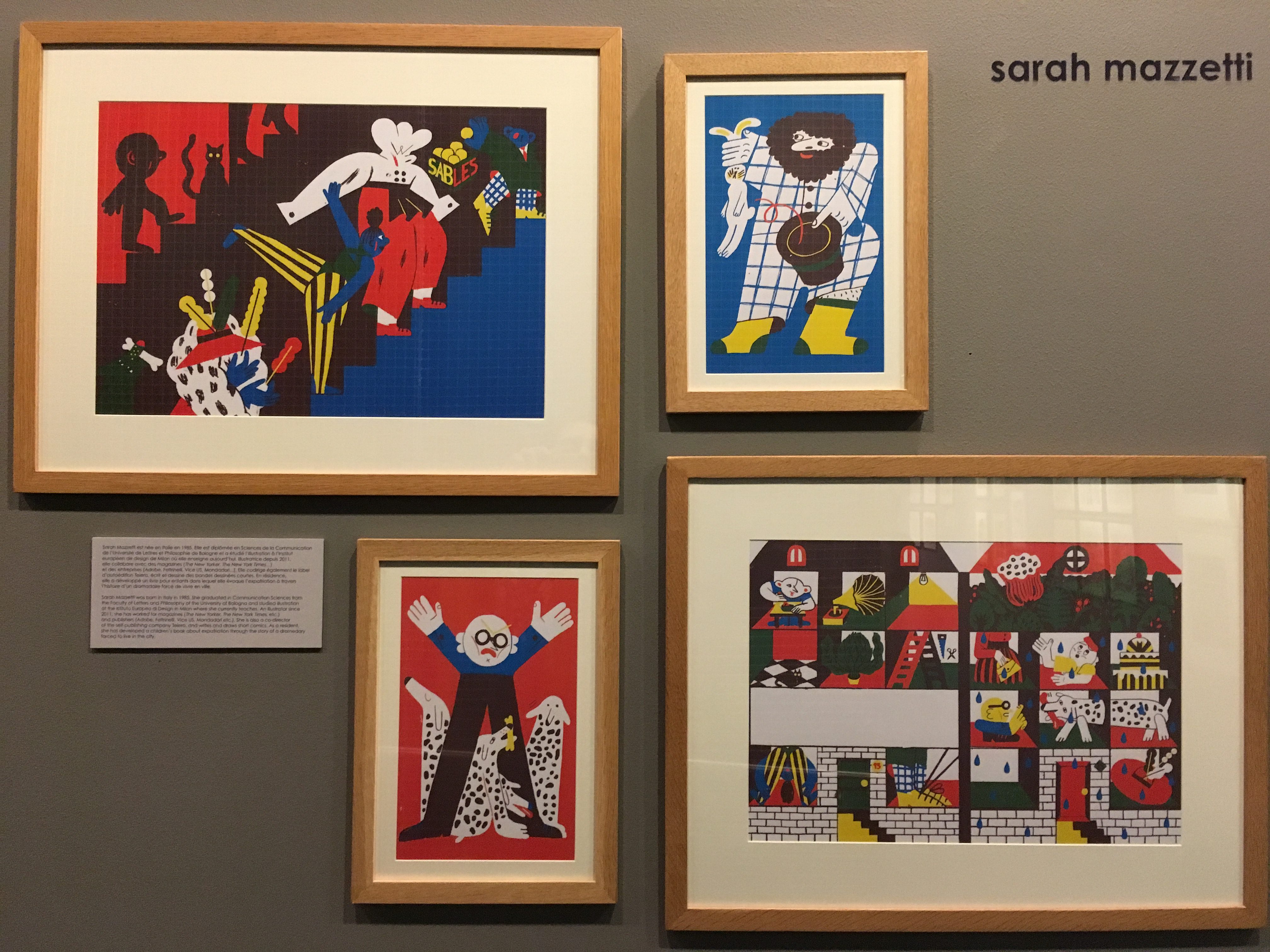





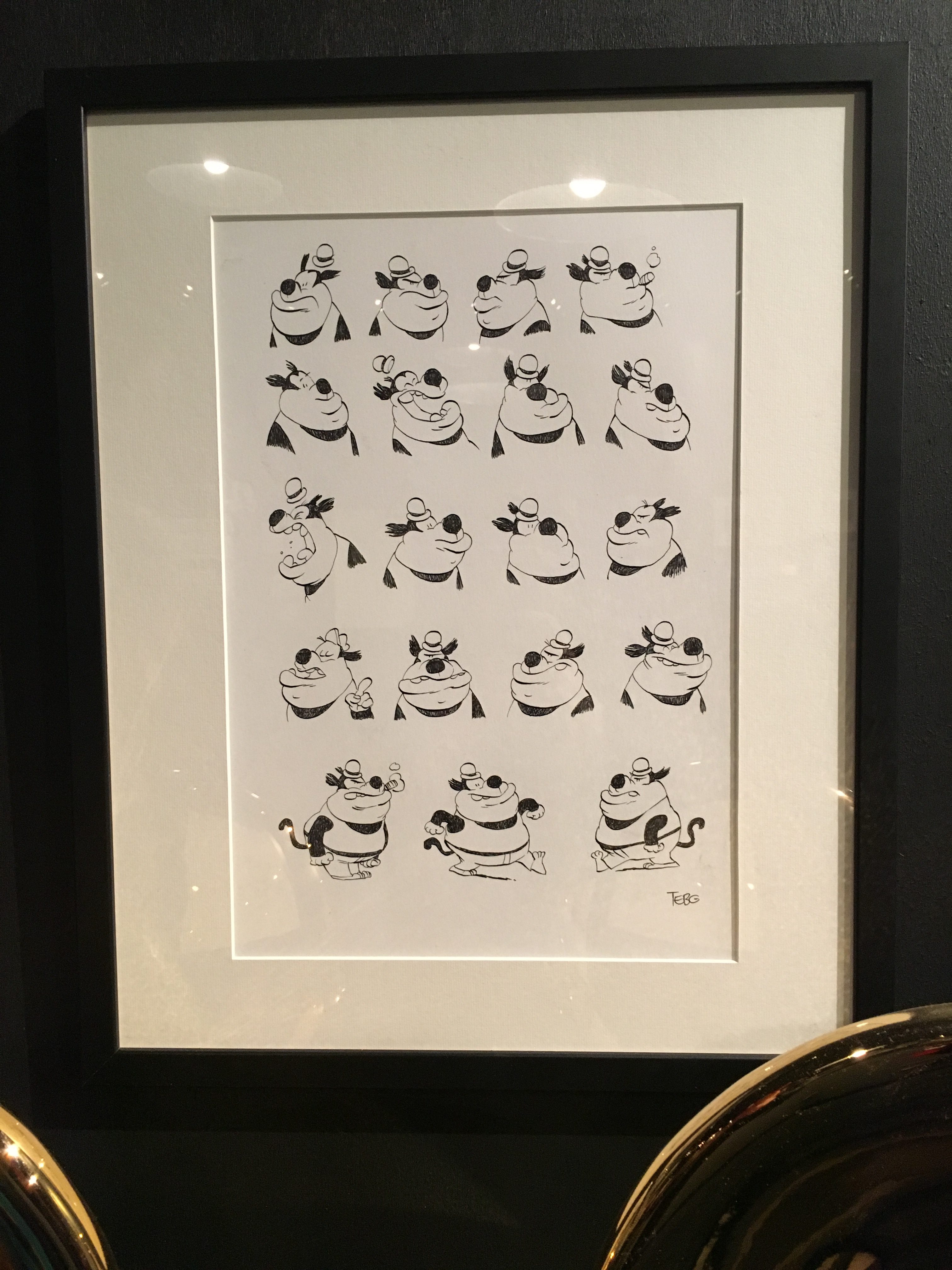


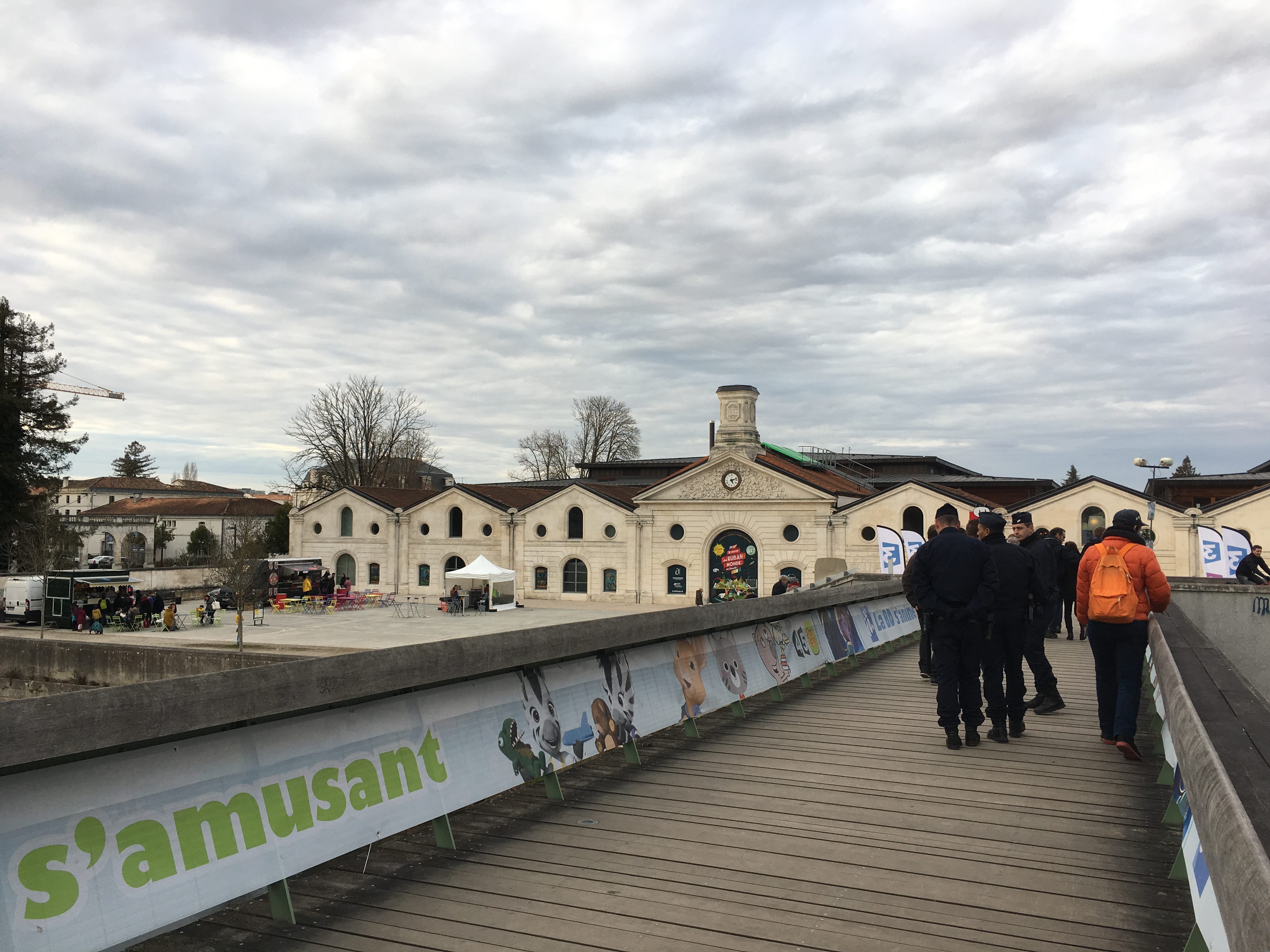











Thank you so much for posting these photos. It’s been a while since I was in Angoulême, but this has brought back so many fabulous memories, as well as a fascinating glimpse into how the festival and the CIBDI are faring now. Next year for sure!